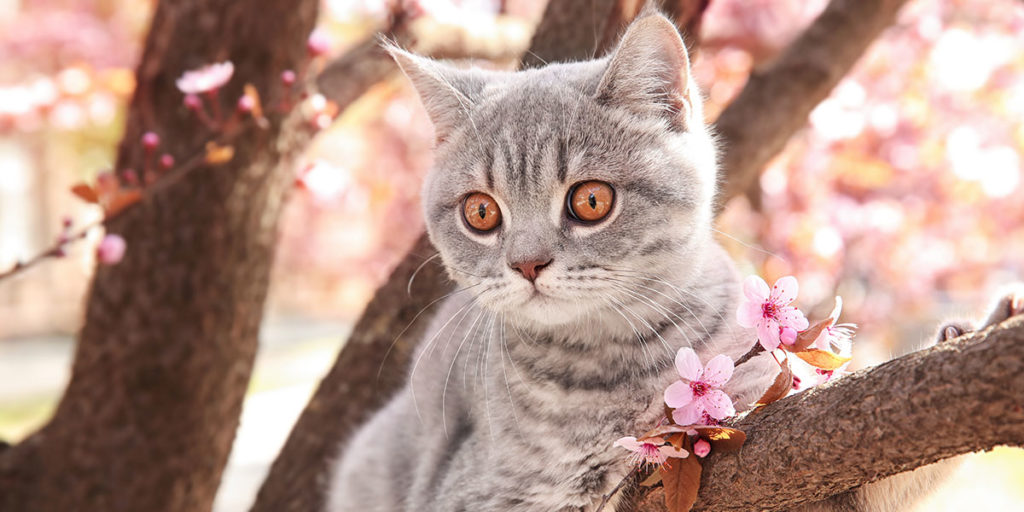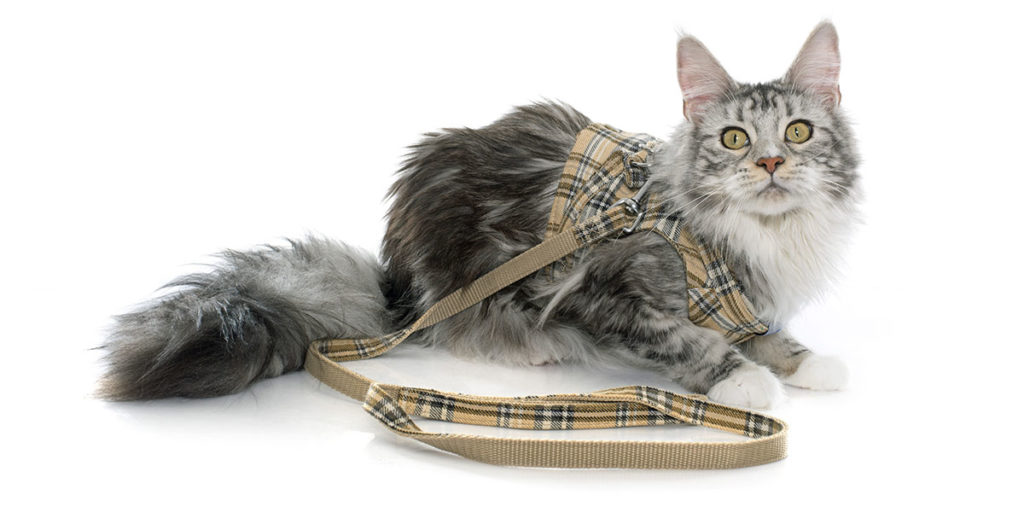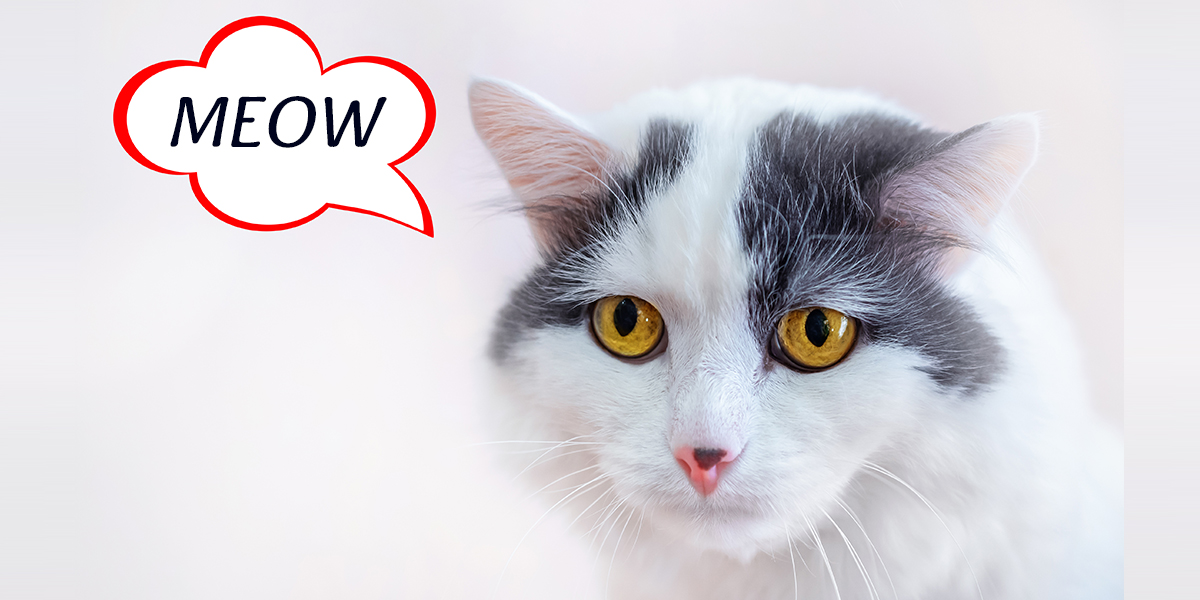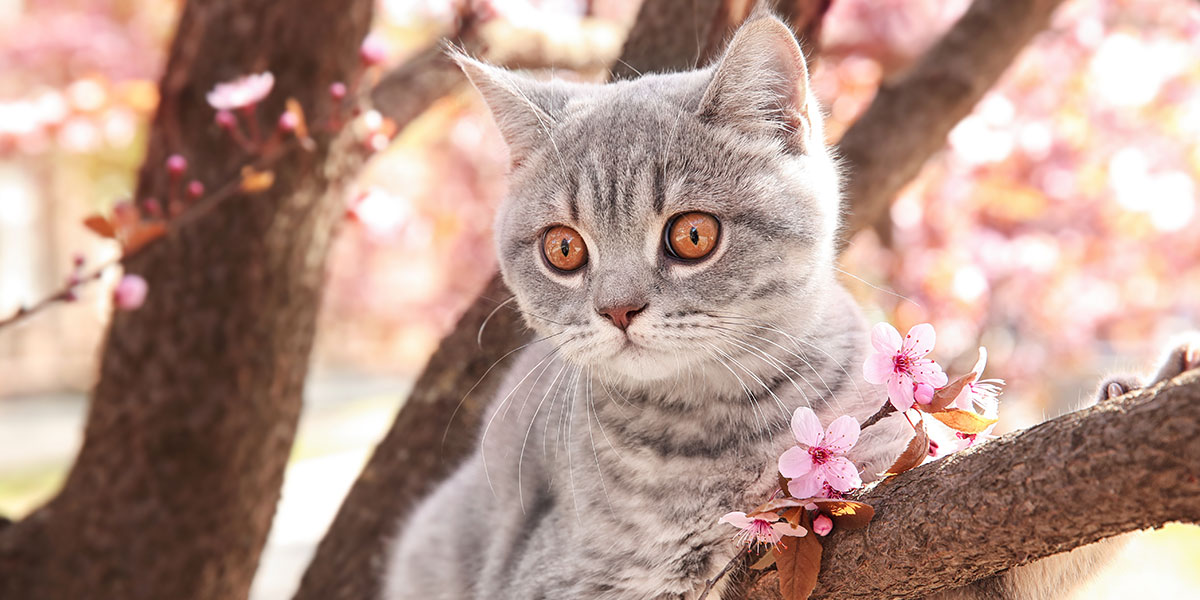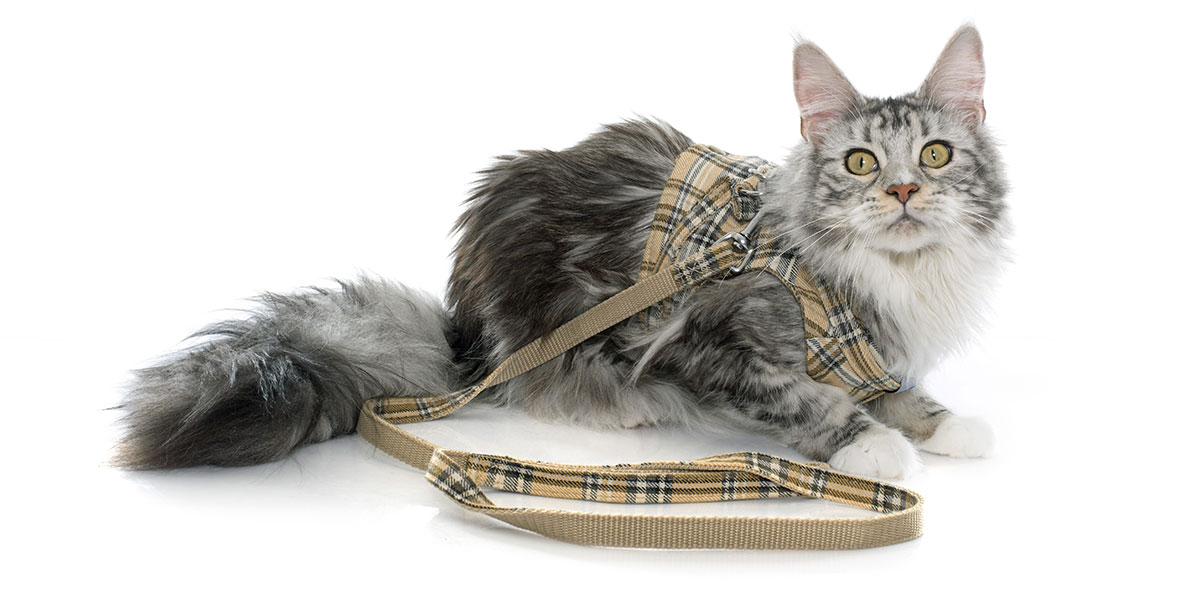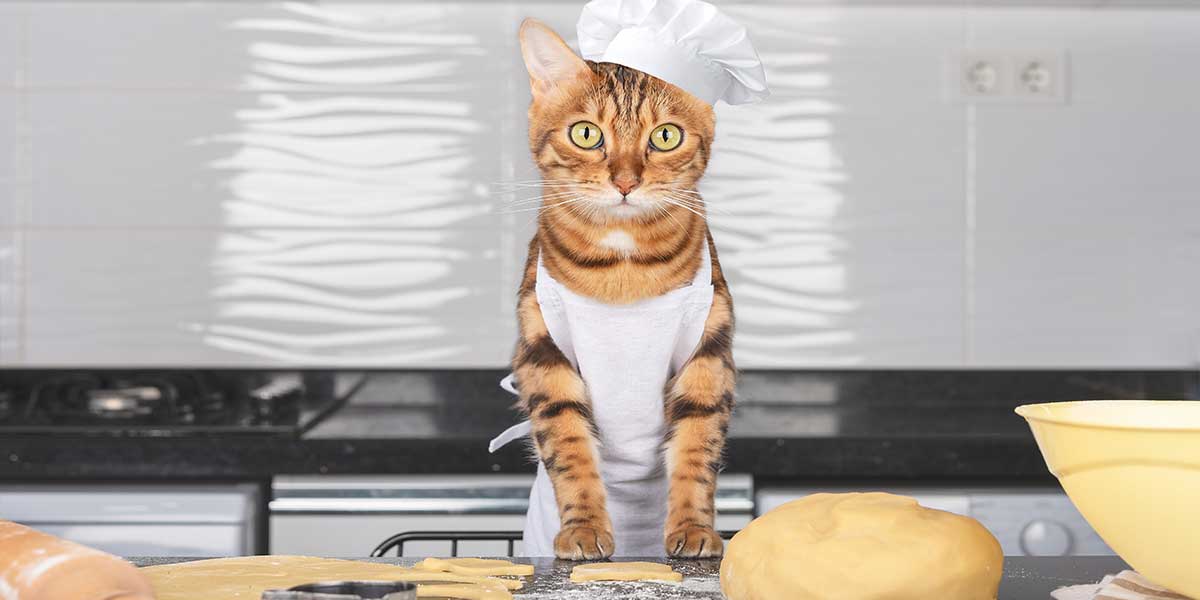What Your Cat’s Body Language Is Telling You
Happy cat body language is typically easy to read. If your furry friend is relaxed and enjoying a cat nap while leaving their belly exposed for scratches or curled up on your lap purring, it’s a no-brainer that they feel safe and content. And, when your cat starts to pounce around, point its ears forward and flick its tail, it’s no secret that playtime has begun. While it’s easy to tell how your cat is feeling in some instances, it’s much more difficult in others. For example, sick cat body language and pain body language are usually more of a mystery to most pet owners. It’s even more important to tell how your cat feels in these situations so you can get them all the essential cat care they need to feel better. Read on to find out how to read your cat’s body language when you need to the most, like when they’re sick or in pain.
Sick Cat Body Language
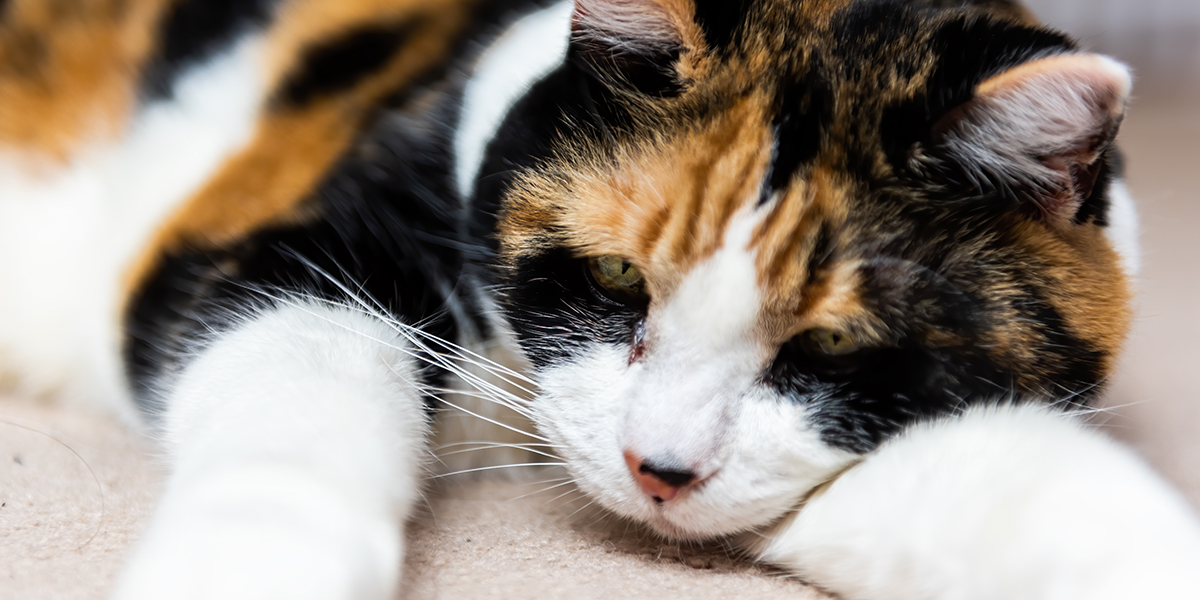
- Head Position— If you notice that your cat is keeping their head down more often than usual, it’s a sign that they might be sick. Many illnesses in cats cause fatigue and low energy levels, and it may be difficult for your cat to hold up their head as a result.
- Eyes— Another important way to detect sick cat body language is to look at your cat’s eyes. If your cat is squinting more than usual or keeping their eyes closed for extended periods of time, it’s a sign that something is wrong. Illness can also make your cat’s eyes look duller than normal and glassed-over.
- Whiskers— One subtle sign of sick cat body language is the direction their whiskers are pointing in. If your cat’s whiskers are facing down, it’s a sign that they aren’t feeling their best.
- Tail— Cat body language of the tail can also indicate sickness. Normal tail cat body language involves holding the tail up high. Some signs of sick tail cat body language include if your cat’s tail is pointing downwards or if they seem like they can’t lift their tail up at all.
- Clinginess or Hiding— Illness can also affect your cat’s behavior. Depending on your cat’s unique personality, being sick usually causes one of two patterns: clinginess or hiding. Cats will often either become unusually attached to you and constantly seek your attention or spend most of their time away from you hiding.
Body Language: Cat Pain
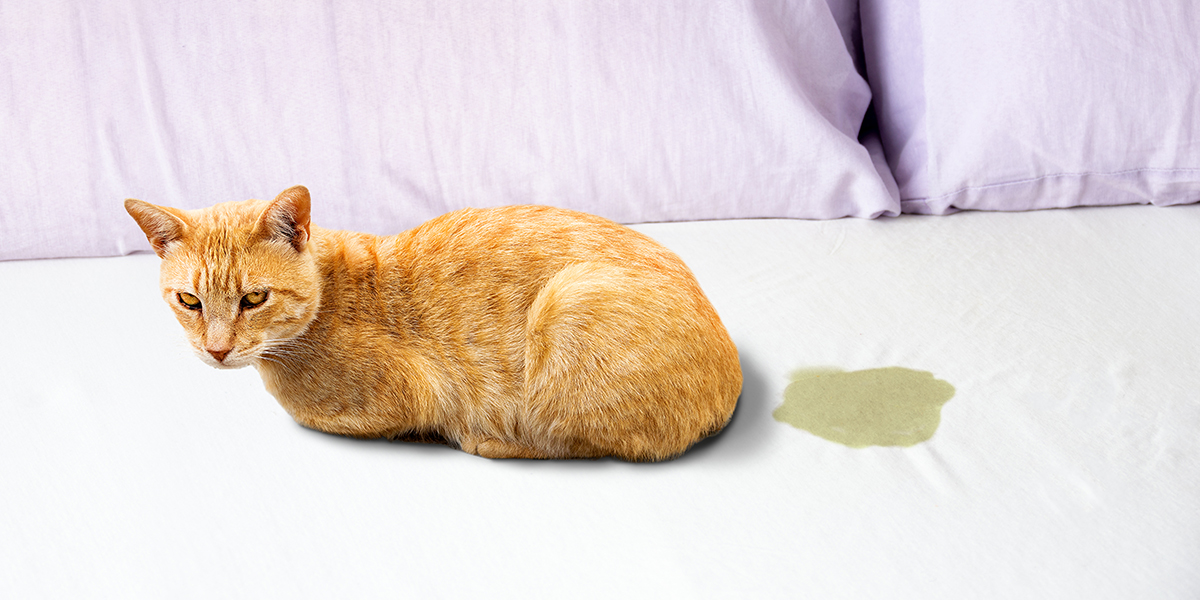
- Lethargy— Dealing with pain can seriously drain a cat’s energy levels, resulting in unusual lethargy and pain posture. A cat in pain will also often stop participating in their favorite daily activities to avoid worsening symptoms. Some signs to watch out for include avoidance of using the stairs, running around, jumping and playing.
- Pacing— While pain can cause a cat to spend a lot of time sleeping and laying down, it can also do the opposite. In some instances, the cause of the pain will make your cat uncomfortable no matter what they try to do. In these cases, your cat might seem restless and spend time pacing around the house because they can’t get comfortable. You might also notice your cat trying out various positions without staying put and displaying pain posture for this same reason.
- Aggression— One behavioral change that can be part of cat pain body language is atypical aggression. When a cat is dealing with pain, they often don’t want to be touched and will lash out if irritated. If your cat growls or hisses at you when you try to go near them or resists being held, pain may be the culprit. Even a cat that is usually mild-tempered and well-behaved can display aggression when in pain.
- Litter Box Behavior— Another place to look for cat pain body language is in the litter box, or outside of it. If your cat is going outside the litter box, it’s a sign that pain prevents them from using the box. Joint and spine issues can make it challenging to maneuver in and out of the box. If you’ve noticed your cat wincing when using the box or taking a long time to get in and out, and then see that your cat stops using the box, a painful health condition is probably to blame.
Support Cat Health with Skoon
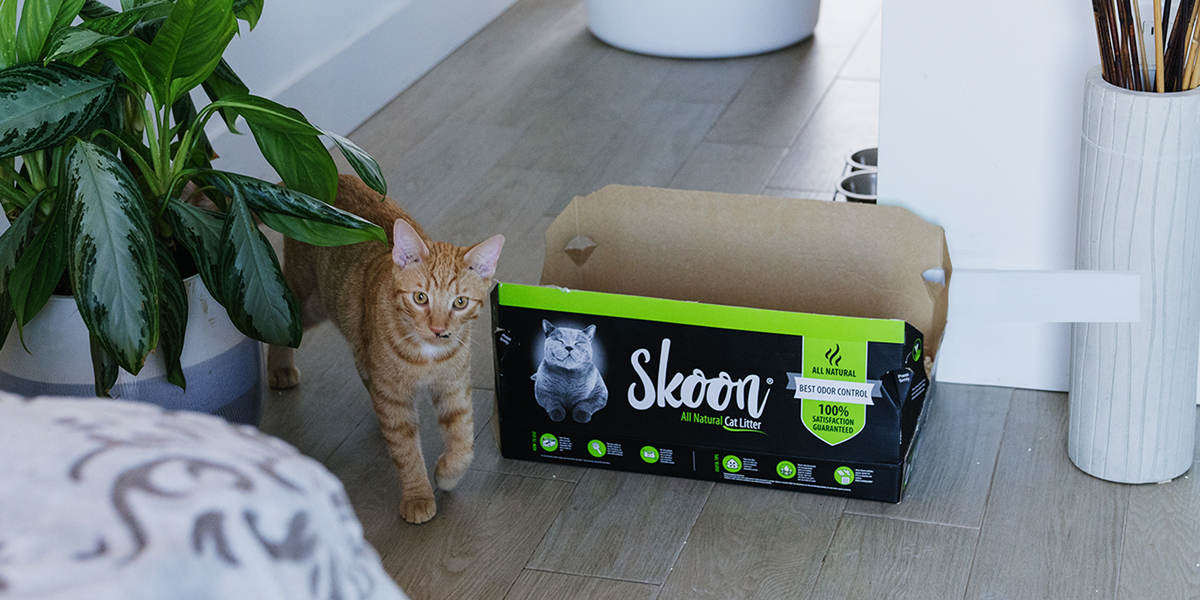
Choose Skoon today to support your cat’s health and hygiene!
Sources:
https://vcahospitals.com/know-your-pet/how-do-i-know-if-my-cat-is-in-pain
https://pets.webmd.com/cats/features/cat-body-language
https://vcahospitals.com/know-your-pet/recognizing-signs-of-illness-in-cats


